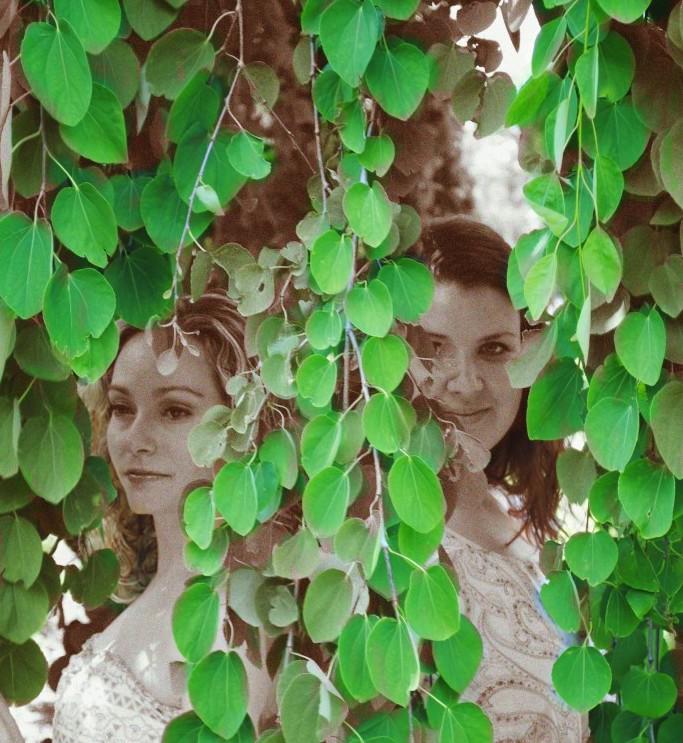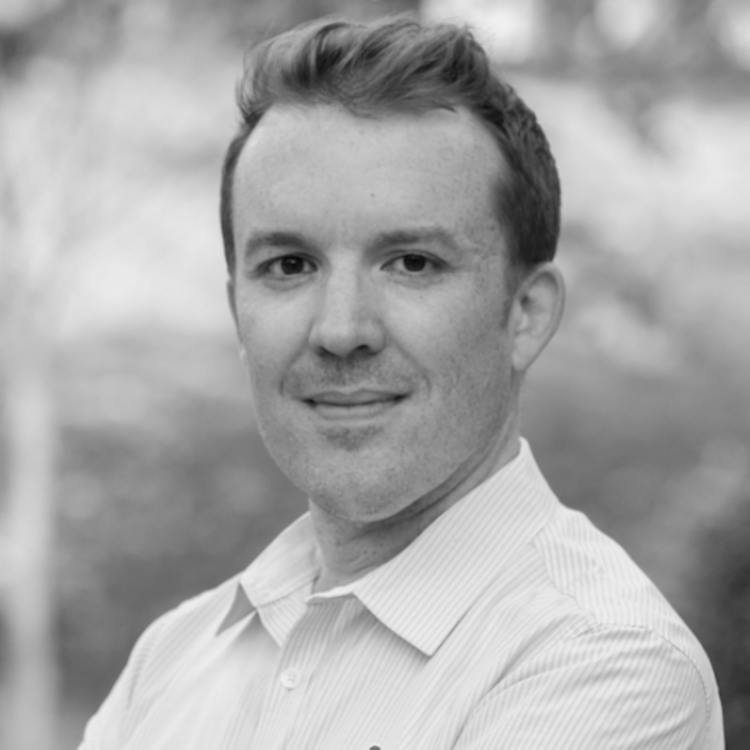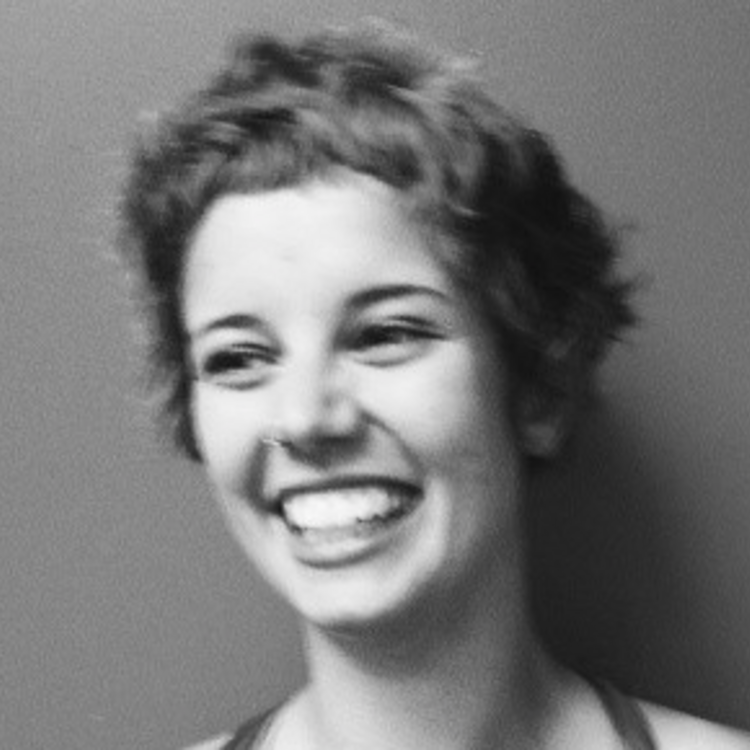The Impact of Fringe on an Artist
A Five-Year Study
When I’m asked about the benefits of writing/producing at Capital Fringe, I fall into answers so familiar they seem cliché: it’s helped sharpen my style. It’s a perfect crash course in self-production. It’s introduced me to a wider swathe of the theatre community. But they only seem cliché because they’re true for so many artists.
And I know there are those of you who hear these answers and think, “Ah, but how has your style changed? What exactly has Fringe done to your career?” There are those of you (like me) with a secret scientist hiding somewhere deep inside always poking and prodding and thinking, “I know you’re talking about art, but can you at least try to quantify it?”
So, here is my attempt at specificity. At quantifying, if not scientifically, then at least narratively, what Fringe has done for me.
And with me.
And to me. Sometimes against my will.
My Fringe experience began with the 3rd Annual Capital Fringe Festival in 2008. An unjuried festival of theatrical arts (including dance, comedy, puppetry, and more), CapFringe hosts somewhere in the region of 140 shows across a dozen or so venues, most in a five-block radius near Chinatown in downtown Washington, DC, for two weeks in July. Performers pay an entrance and a cut of the ticket sales, and Fringe provides the infrastructure (box office, venues, press for the festival, etc.).
After two years of being an enthusiastic audience member, I decided to throw my hat into the ring. Two hats, actually. Director Ryan Whinnem and I co-produced two shows that year. He directed my one-act Born Normal, and I worked with him and a group of artists to develop Gilgamesh who saw the deep—an adaptation of the Sumerian epic.
It was stunningly naïve to think we could produce two shows simultaneously without burning out whole sections of our cerebellums. But that naïveté was a stroke of luck in disguise. If we’d known how hard it would be, we would never have done it. And if we hadn’t done it, we would never have ended up with two productions that I’m still very proud of.
If we’d known how hard it would be, we would never have done it. And if we hadn’t done it, we would never have ended up with two productions that I’m still very proud of.
Not that there weren’t road bumps. On opening night, Born Normal ran seven minutes over its allotted time in a venue where the schedule was very tight. We were told the next day to bring it under time or the venue manager would turn the lights on whether the show was finished or not.
Not wanting to have the houselights kill my actors’ closing scene, I cut a tenth of the play in two hours. This seems to have forever inoculated me against a fear of editing under pressure. Need the next draft by tomorrow? Twelve whole hours away? Why don’t you ask me for something hard?
Gilgamesh ended up having a far more profound impact on my career. Ryan and I worked so well with that group of performers that we eventually did so again, naming ourselves Bright Alchemy Theatre, and going on to devise and produce two subsequent productions.
My experience devising Gilgamesh was instrumental when I applied for my first teaching artist position at Imagination Stage, where I worked with ensembles of teens to create new plays.
And I can’t forget the artistic relationships that formed during those shows. Nothing tests the viability of an artistic partnership like producing with a tight schedule, frayed nerves, and a shoestring budget. I discovered some of my favorite collaborators working on those shows.
But what about my style? Has Fringe changed how I write? And can I quantify that? Tell your secret scientist I’m glad she asked.
Both shows that first year had heavily narrative elements. It wasn’t a purposeful stylistic link, but producing both shows simultaneously certainly highlighted it. I liked the interplay between storytelling narrative and dramatic action, and I liked how it could be used to draw the audience even further into the drama. I liked it so much that I wanted to push that style even further.
Over the next few years, I went on to experiment with that form in a number of plays, including Sisters of Ellery Hollow (Capital Fringe 2011) and We Tiresias (Capital Fringe 2012). It’s unlikely that either would have been written without the Fringe experience that came before them, or without the idea of self-production in mind.

Sisters is a full-on storytelling play for two women, one of whom has been collaborating with me since Born Normal. It’s low-tech, high imagination, and a perfect Fringe vehicle, since it can be done in just about any venue and with very little preparation. After a year hiatus (one of my actresses had her first child), we’re starting to do the math on taking it to other festivals (hello, Philly).
It’s also a show that got me on the radar of some other companies producing at Fringe, just as their work put them on mine. Last year my wife and I caught Cabaret XXX—a rock cabaret front-womaned by the company members of Pinky Swear Productions. We loved the show so much, we came back for seconds. And I loved the company’s mission so much—producing new work with substantive roles for women—that I spent the next year getting to know them better. I liked them and they liked me (and what they saw in Sisters), so when I pitched them an idea for a show to develop and workshop, they said yes. I begin working on that show this fall.
And it was at Fringe that the Washington Rogues (another small company in DC) and I discovered each other. Their artistic director saw Sisters, and I had seen their fabulous Fringe production of Eight the year before. So when an errant Twitter conversation led to a new play idea, the Rogues were there to say, “Yes, we will develop that, please.” That play, In The Forest, She Grew Fangs, gets its first public debut at the Kennedy Center’s Page to Stage Festival this Labor Day weekend.
This year at Fringe, I saw great work by so many nascent companies, I don’t know who I want to collaborate with most. Did I mention I see somewhere between fifteen and twenty shows each festival? I close a performance of mine, spend an hour drinking with my audience under the Fringe’s Baldacchino Tent—a tent-enclosed bar and performance space that acts as the central hub of the festival—then slip out to watch an exciting new piece by a company I’ve never heard of. An hour later, I’m back under the tent, this time on the other side of the artist/audience equation.
Maybe that’s the most valuable thing Fringe has provided me: that fluid interplay between audience and artist that shows there is really only one side to the equation. My audience is not just some hypothetical entity making its presence known only through laughter or applause. They are the last collaborator to arrive. Being surrounded by them (and being a part of them) for two solid weeks during Fringe really drives home the idea that we really are, when we set our mind to it, an artistic community.
So it was particularly satisfying this year when that community voted We Tiresias as Best Drama. Yes, it’s done through online voting. And, yes, it is a laser-printed document signed in black marker. It was still a surprise and a delight and the wonderful kind of high that comes from being validated by your audience/peers/collaborators.
But is this award (or any of the above, for that matter) quantifiable evidence that Fringe has, over the last five years, made me a better artist? I imagine it will depend on the rigorousness of your inner scientist. I like to think that it has. It’s certainly made me a happier one.



Comments
The article is just the start of the conversation—we want to know what you think about this subject, too! HowlRound is a space for knowledge-sharing, and we welcome spirited, thoughtful, and on-topic dialogue. Find our full comments policy here
It is great to hear about other Fringe experiences. After interning with the Chicago Fringe Festival, I have found a community that truly allows me to belong. My Fringe family has continued to grow and I find that through all these connections I am finding my own way to collaborate.
I saw We Tiresias at the fringe this year. It really was a great show. Congrats.